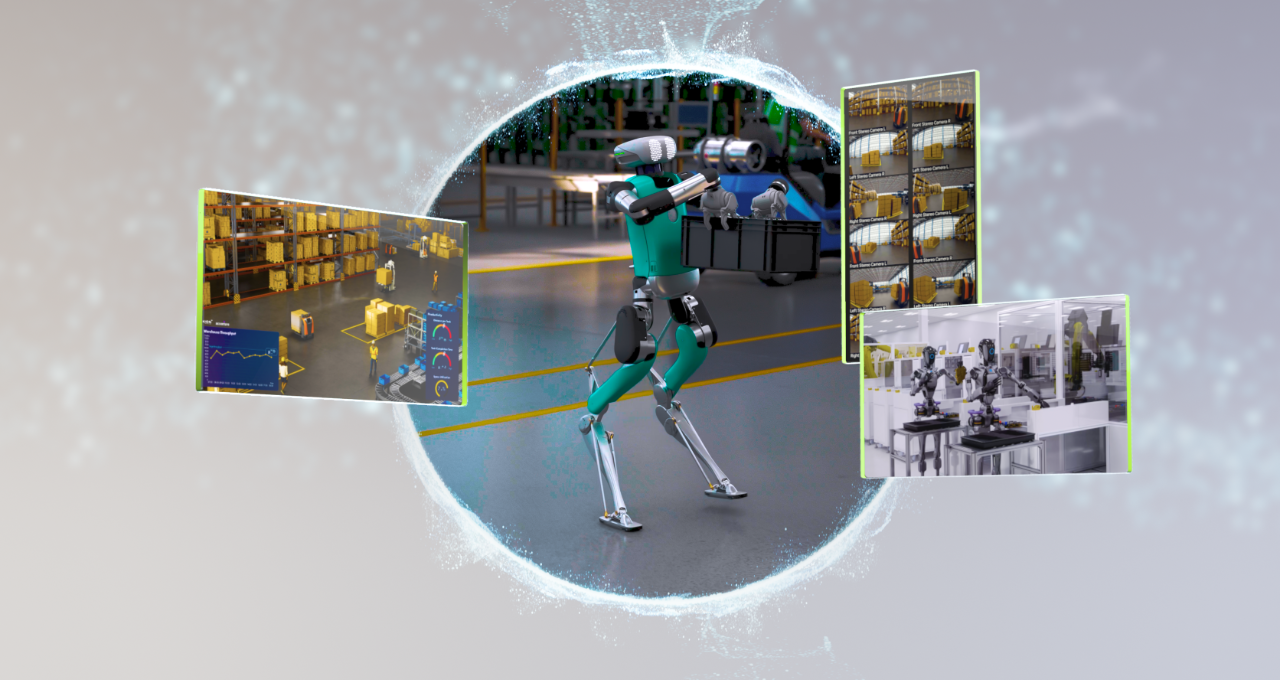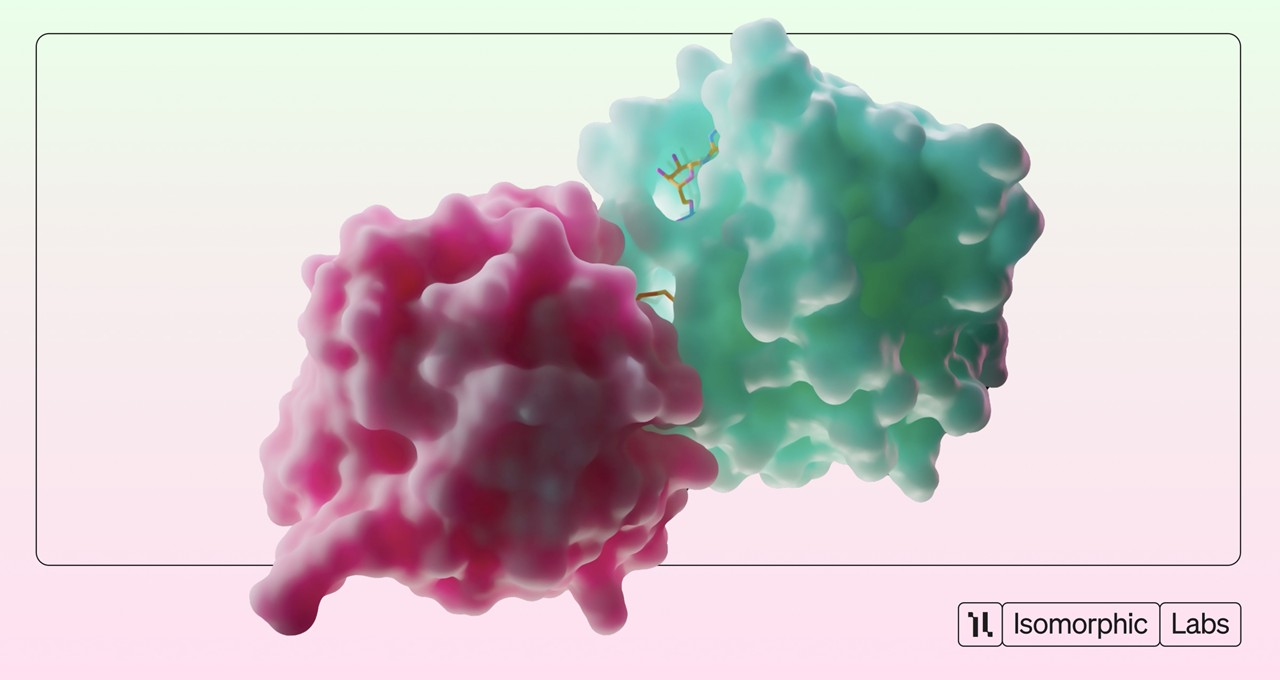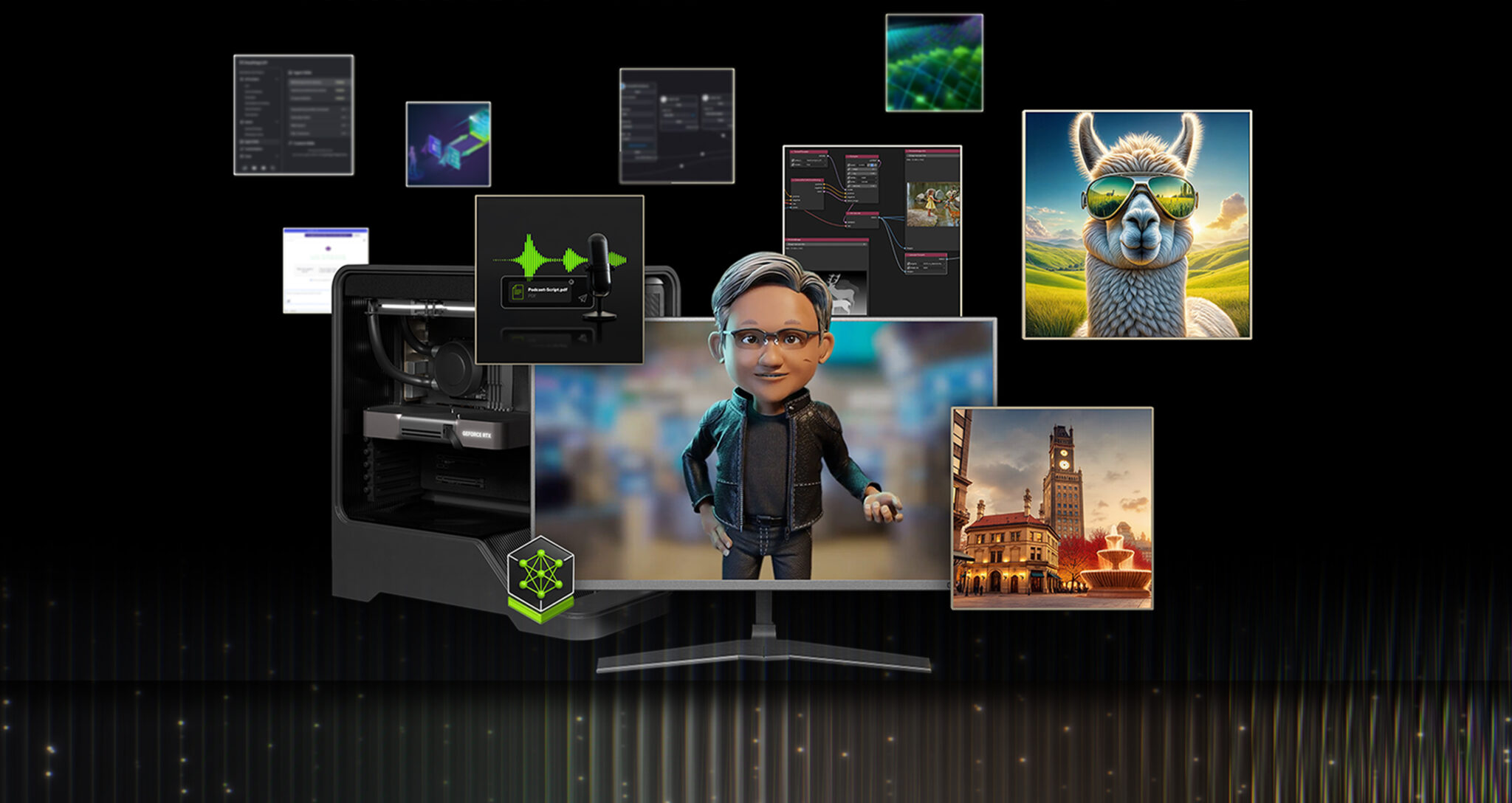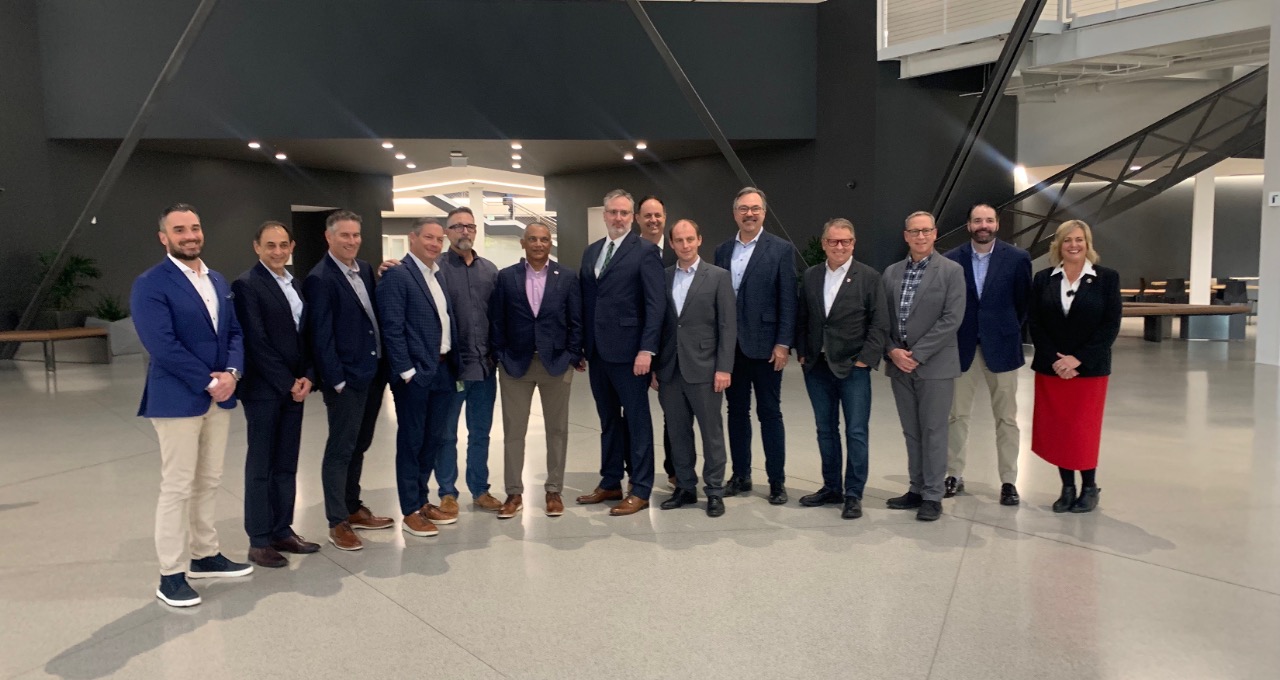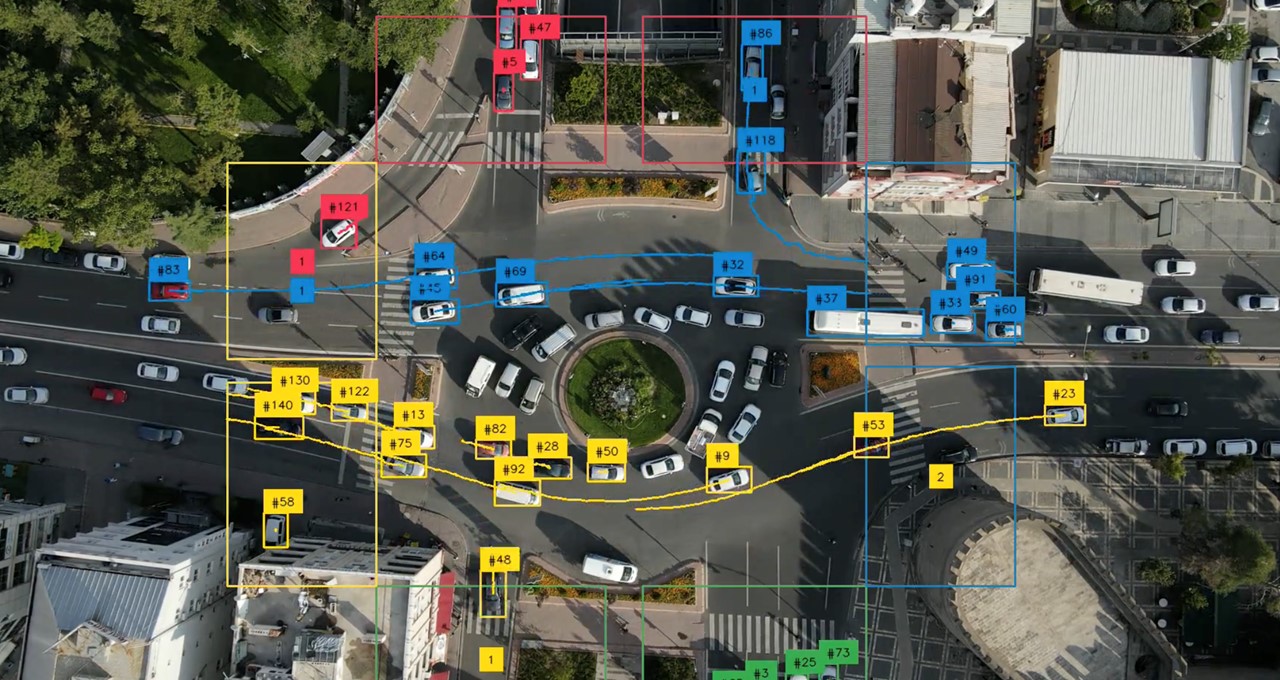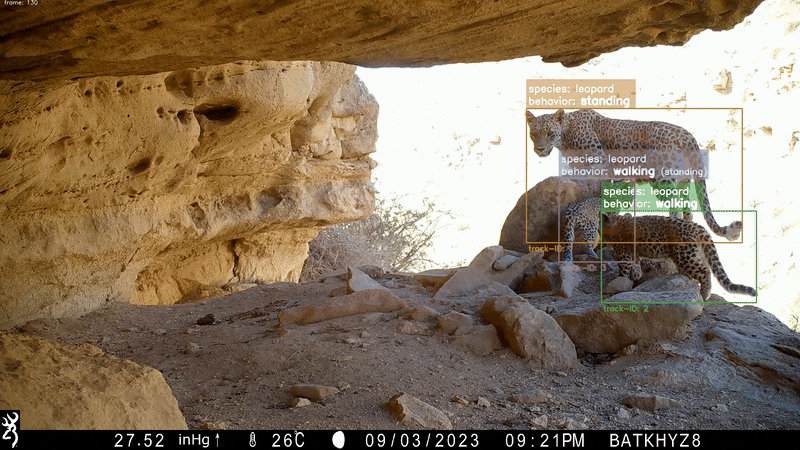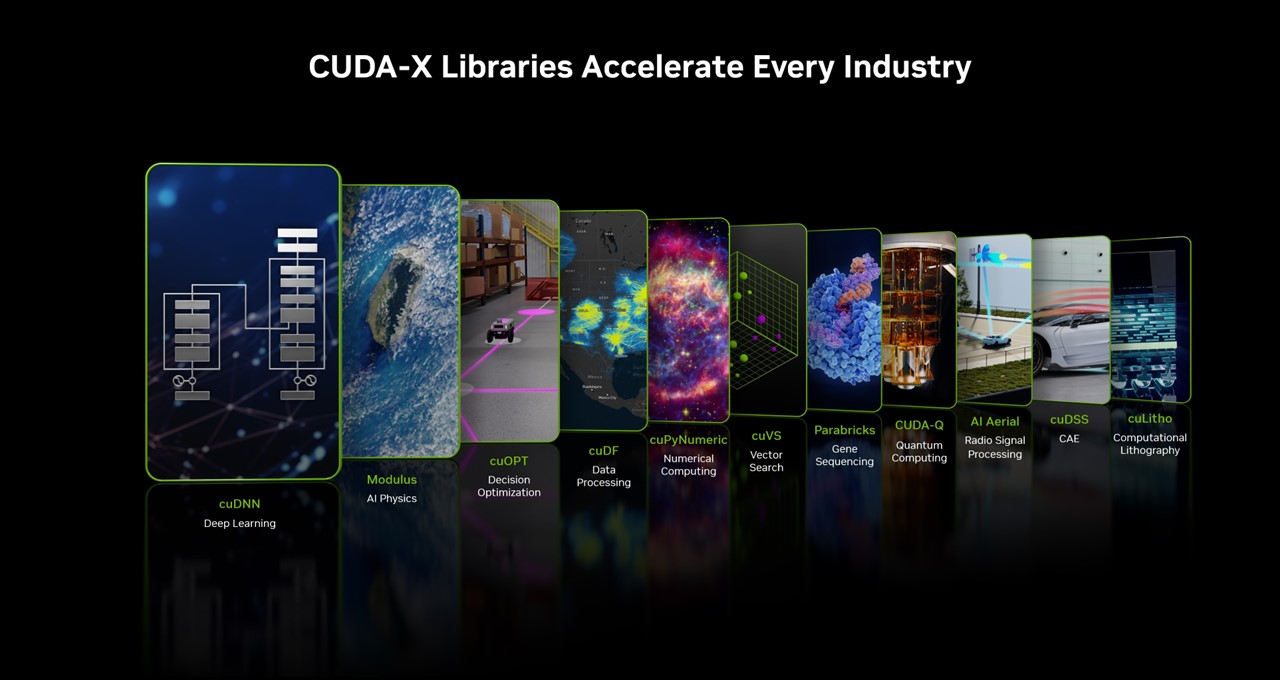GeForce NOW is bringing fresh excitement to gamers this spring with the addition of 11 new titles to its cloud gaming service. Headlining this week's update are *Hunt: Showdown 1896*, *Mandragora: Whispers of the Witch Tree*, and the retro-packed *MARVEL vs. CAPCOM Fighting Collection: Arcade Classics*.
Players can now dive into monster hunts in the wild Rockies with *Hunt: Showdown 1896*, newly available via Xbox and PC Game Pass. This tense PvPvE shooter now features the Mammon’s Gulch map, and is fully streamable on any device via GeForce NOW.
Fantasy fans can explore *Mandragora*, a dark, hand-painted RPG where players battle mythic creatures and uncover secrets beneath the Witch Tree. The game’s release on Steam allows cloud gamers to experience it across laptops, tablets, or smartphones.
Retro gaming fans will enjoy *MARVEL vs. CAPCOM Fighting Collection: Arcade Classics*, a seven-title bundle that includes iconic crossovers like *X-MEN vs. STREET FIGHTER* and *MARVEL vs. CAPCOM 2*. All games in the collection offer online and co-op play.
The full list of games added to GeForce NOW this week includes:
- *Forever Skies* (Steam, April 14)
- *Night Is Coming* (Steam, April 14)
- *Hunt: Showdown 1896* (Xbox/PC Game Pass, April 15)
- *Crime Scene Cleaner* (Xbox/PC Game Pass, April 17)
- *Mandragora: Whispers of the Witch Tree* (Steam, April 17)
- *Tempest Rising* (Steam Advanced Access, April 17)
- *Aimlabs* (Steam)
- *Blue Prince* (Steam, Xbox)
- *ContractVille* (Steam)
- *Gedonia 2* (Steam)
- *MARVEL vs. CAPCOM Fighting Collection: Arcade Classics* (Steam)
- *Path of Exile 2* (Epic Games Store)
GeForce NOW members with RTX 4080 performance can stream any of these titles from virtually anywhere, continuing NVIDIA’s push to make high-quality gaming accessible without needing high-end hardware.




